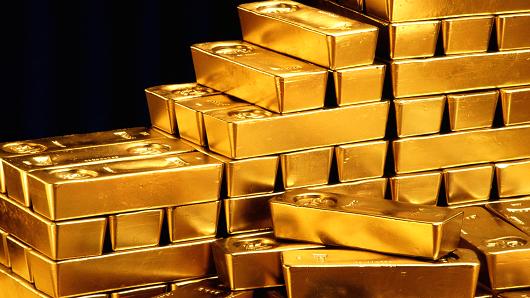
As a person that would be classified as a “gold bug”, albeit, not one that wears a tinfoil hat, I am always interested to see how far nations have strayed from the original concept of a precious metals-backed currency. Thanks to the World Gold Council, we can access up-to-date information on national gold reserves, which nations are increasing their reserves and which are falling further and further into the “fiat currency/paper money world”. In this posting, we’ll look at several nations, their gold reserves in tonnes (one tonne of gold contains 29167 troy ounces) going back to the first quarter of 2000.
1.) United States: Since 2000, the United States’ gold reserves have held more-or-less steady in a range from a low of 8133.5 tonnes (current level) to a high of 8149 tonnes.
2.) Canada: Since 2000, Canada’s gold reserves have dropped from a high of 38.7 tonnes to their current level of zero tonnes:
3.) United Kingdom: Since 2000, the United Kingdom’s gold reserves have dropped from a high of 562.9 tonnes to their current level of 310.3 tonnes where they have been stable since 2002:
4.) France: Since 2000, France’s gold reserves have dropped from a high of 3024.7 tonnes to a low of 2535.4 tonnes, just off their current level of 2436 tonnes:
5.) Germany: Since 2000, Germany’s gold reserves have remained in a fairly small range, between a high of 3468.6 tonnes to its current level of 3373.6 tonnes:
6.) Japan: Since 2000, Japan’s gold reserves have remained at 765.2 tonnes:
7.) Australia: Between 2000 and 2014, Australia’s gold reserves were steady at 79.9 tonnes, falling to their current level of 72.8 tonnes beginning in Q2 2015:
As you can see, most of the larger developed economies of the world (other than the United States and Germany) have divested of at least some of their gold reserves with Canada being a standout, having divested of all of its gold reserves.
Now, let’s look at the gold reserves held by some of the world’s largest developing economies:
8.) China: Since 2000, China’s gold reserves have grown from 395 tonnes to their current level of 1842.6 tonnes:
9.) Russia: Since 2000, Russia’s gold reserves have grown from 343.4 tonnes to their current level of 1838.8 tonnes:
10.) India: Since 2000, India’s gold reserves have grown from 357.8 tonnes to their current level of 558.1 tonnes with all of that growth taking place in 2009:
11.) Brazil: In 2000, Brazil began to divest its gold reserves which dropped from 118.9 tonnes in Q2 2000 to 34.8 tonnes in Q2 2001. In 2012, Brazil added to its gold reserves, bringing its holdings to 67.3 tonnes:
As you can see, both China and Russia have added substantially to their gold reserves since 2000; in China’s case, it now holds 4.7 times more gold than it did in 2000 and in Russia’s case, it now holds 5.4 times more gold than it did in 2000.
Let’s close with a look at the world’s largest gold producers. Here is a map from the World Gold Council showing the world’s largest gold producing nations in 2016:
Obviously, China and Russia are buying at least some of their domestically produced gold whereas Australia, Canada and the United States have added none of their domestically produced gold to their gold reserves. This is particularly shocking in the case of Canada where 162.1 tonnes of gold were produced in 2016 and yet, Canada has no gold reserves whatsoever.
Let’s look at one last graphic showing the total net sales and net purchases of gold by central banks around the world to 2015:
According to the World Gold Council, in April 2018, the world’s central banks held 33,827.8 tonnes of gold, approximately 18 percent of the total amount of gold ever mined. Here is a table showing the top 50 gold holding nations:
Given that central bankers will be forced to use unconventional (and perhaps even more imaginative) monetary policies during the next recession, largely because interest rates are still very close to zero, it is interesting to see that at least some central bankers are hedging their bets when it comes to their abilities to shut down the next global economic contraction…and then, there’s Canada.
 Click HERE to view more.
Click HERE to view more.
You can publish this article on your website as long as you provide a link back to this page.

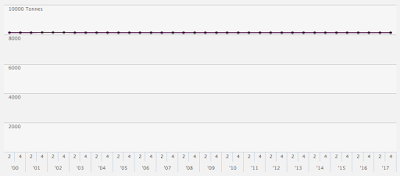
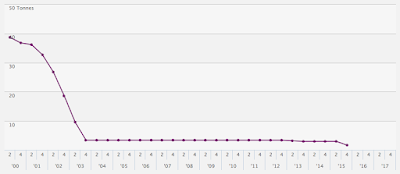
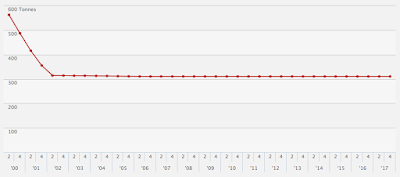
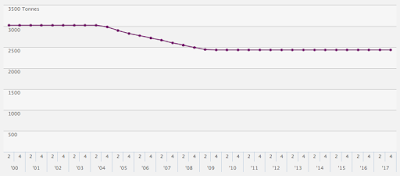
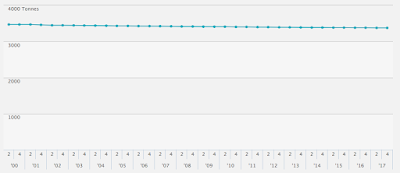
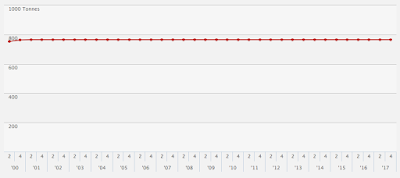
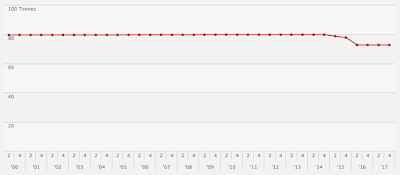
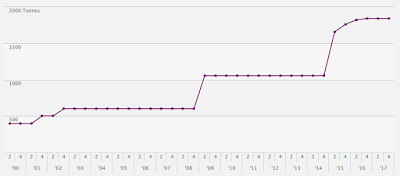
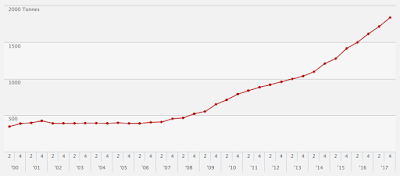
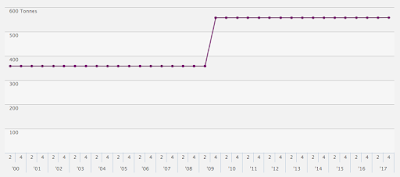
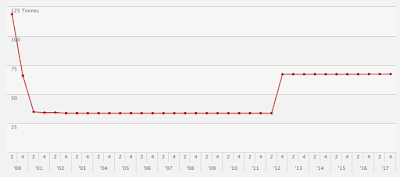
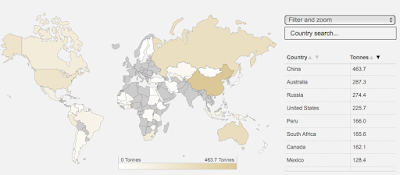
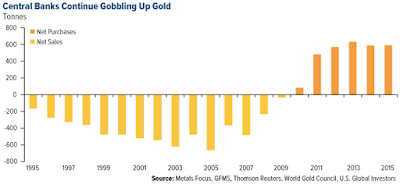
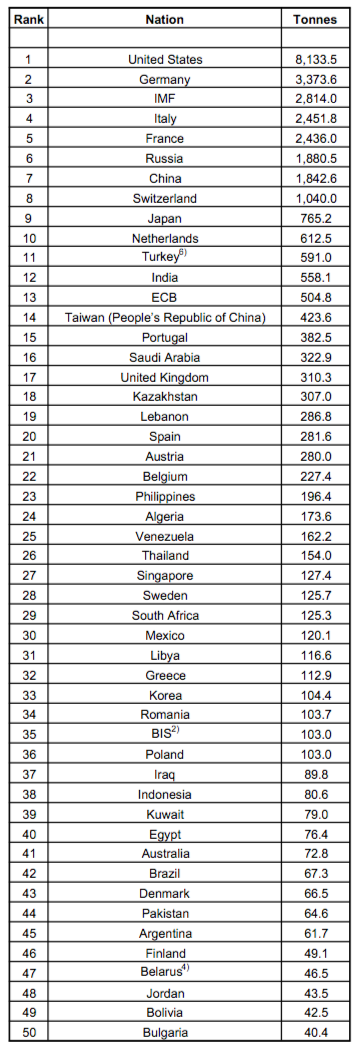
Be the first to comment